Red Lobster, the casual dining chain that brought seafood to the masses with inventions like popcorn shrimp and “endless” seafood deals, has filed for Chapter 11 bankruptcy protection. The 56-year-old chain made the filing late Sunday, days after shuttering dozens of restaurants.
Quick Read
Red Lobster Files for Bankruptcy: Red Lobster has entered Chapter 11 bankruptcy protection following the closure of dozens of its locations. CEO Jonathan Tibus stated the restructuring will help address financial and operational challenges, aiming for a stronger focus on growth.
Operational Continuity: Despite the bankruptcy, Red Lobster restaurants will remain operational. The company has also initiated a stalking horse agreement for a potential sale to an entity formed by its lenders.
Long-standing Challenges: The bankruptcy marks a peak in decades-long difficulties for Red Lobster, facing stiff competition from faster, more affordable dining options. Historical promotions like “Endless Crab” and “Ultimate Endless Shrimp” have at times financially backfired.
Corporate History and Changes: Founded in 1968 by Bill Darden and later sold to General Mills, Red Lobster was once part of a larger group that became Darden Restaurants. The chain was sold to a private equity firm in 2014 and has struggled with maintaining market relevance and attracting younger customers.
Financial Strains and Ownership: Significant losses from promotional pricing and operational challenges during the pandemic have burdened the company. Thai Union Group, a major investor, faced a substantial loss and decided to exit its stake in Red Lobster earlier this year.
Impact of Closures and Future Prospects: Equipment from over 50 closed Red Lobster locations is being auctioned off, with expectations that the chain’s total number of restaurants may reduce by up to half during the bankruptcy process. Potential buyers might focus more on acquiring the real estate rather than reviving the brand.
Financial Standing: In its court filing, Red Lobster listed between $1 billion and $10 billion in both assets and liabilities, with over 100,000 creditors involved.
The Associated Press has the story:
Red Lobster seeks bankruptcy protection days after closing dozens of restaurants
Newslooks- (AP)
Red Lobster, the casual dining chain that brought seafood to the masses with inventions like popcorn shrimp and “endless” seafood deals, has filed for Chapter 11 bankruptcy protection.
The 56-year-old chain made the filing late Sunday, days after shuttering dozens of restaurants.
“This restructuring is the best path forward for Red Lobster. It allows us to address several financial and operational challenges and emerge stronger and re-focused on our growth,” CEO Jonathan Tibus said. Tibus, a corporate restructuring expert, took the top post at the chain in March.
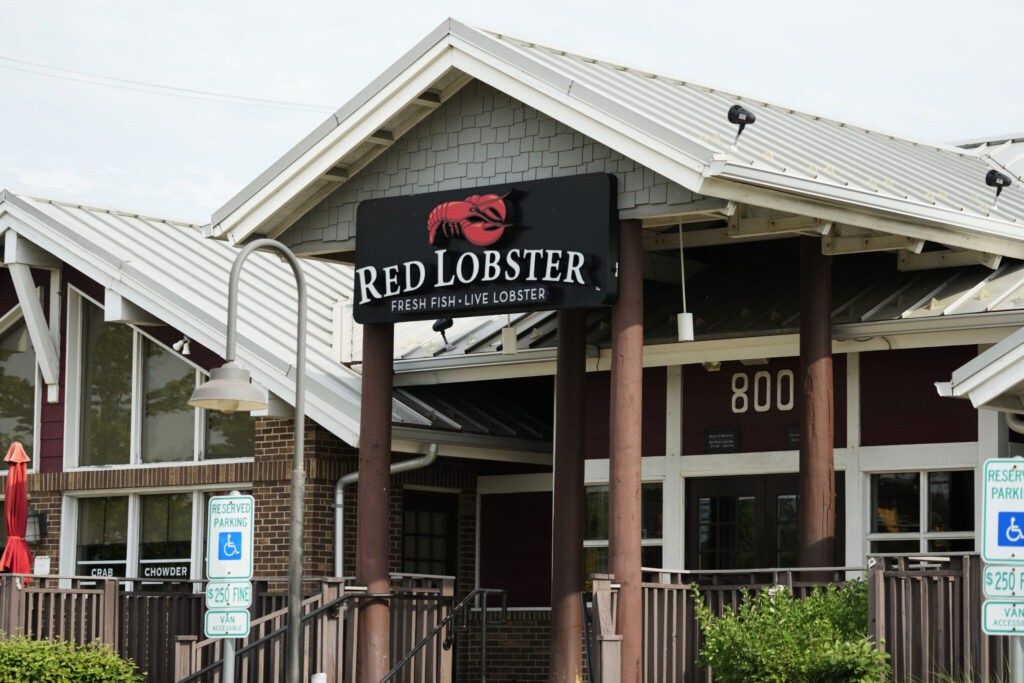
Red Lobster said restaurants will continue to operate through the bankruptcy proceedings, which are intended to simplify operations, close locations and pursue a sale. As part of the filing, Red Lobster entered into a so-called “stalking horse” agreement, meaning it plans to sell its business to an entity formed and controlled by its lenders.
Aaron Allen, the founder of restaurant consulting firm Aaron Allen & Associates, said Monday that the bankruptcy was the culmination of two decades of trouble at Red Lobster, which has struggled with increasing competition from faster, cheaper chains like Chipotle and Panera.
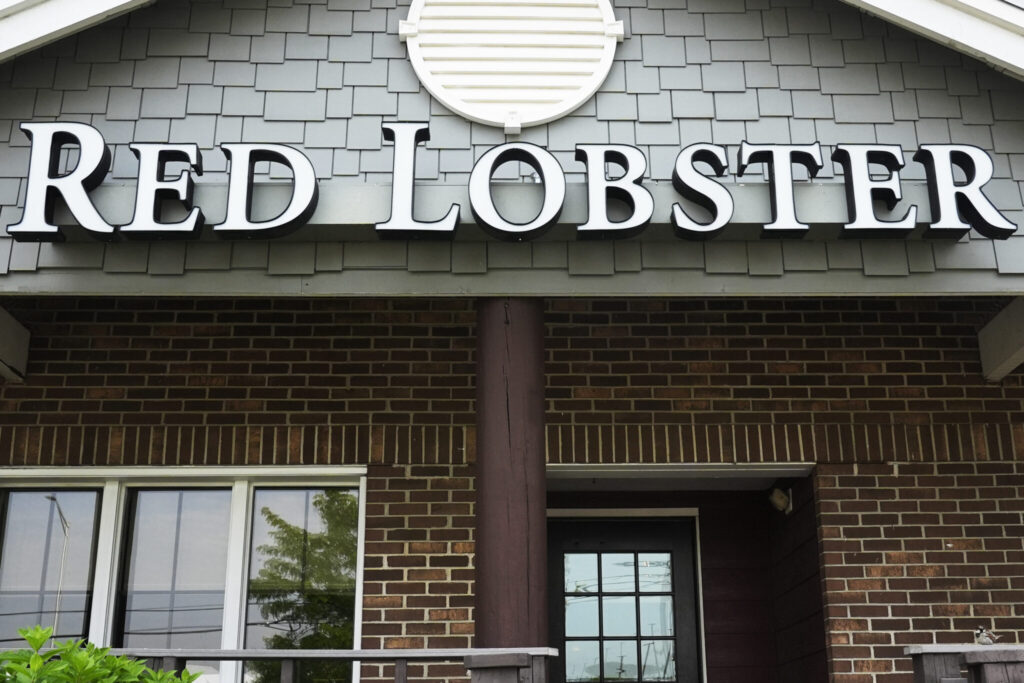
Sometimes, Red Lobster would lower its prices to compete, a move that was often disastrous. In 2003, the company lost millions of dollars on an all-you-can-eat “Endless Crab” promotion when crab prices rose, Allen said. Twenty years later, the chain did the same thing with an “Ultimate Endless Shrimp” promotion.
“The fact that they would have this kind of corporate amnesia is a fascinating case study in corporate food service,” Allen said.
He said Red Lobster had more success in the mid-2000s, when it repositioned itself as an upscale restaurant. It raised prices and renovated stores. But it still struggled with rising lease and labor costs and changing consumer tastes.
“This slow-moving train wreck has been in motion for 20 years now,” Allen said.
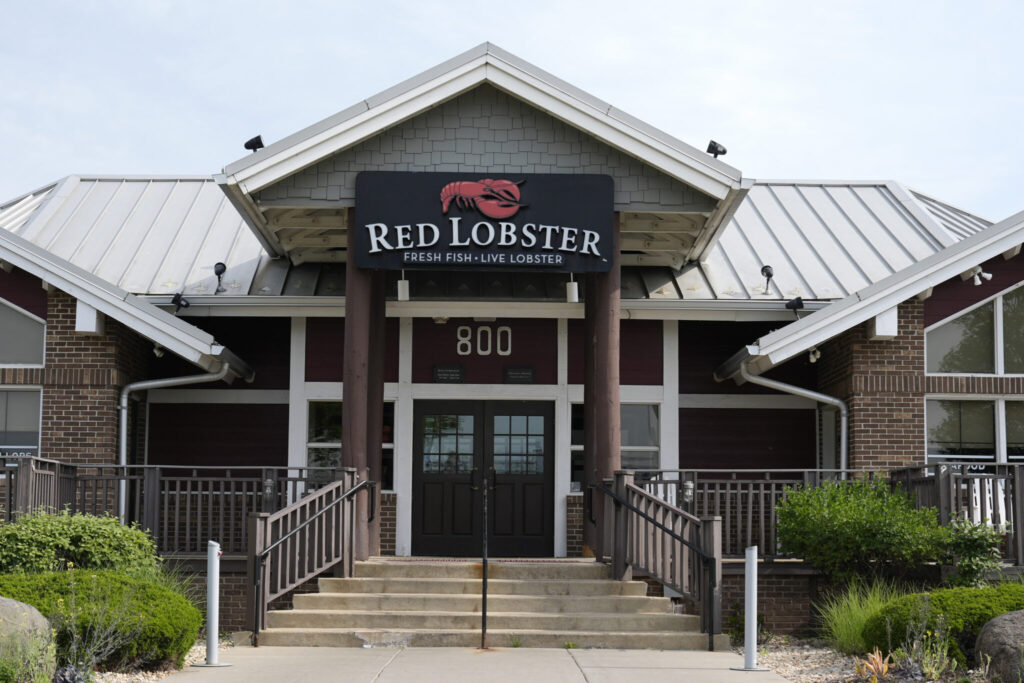
Orlando, Florida-based Red Lobster was founded by Bill Darden, who wanted to make seafood restaurants more accessible and affordable for families.
Darden got his start in the restaurant business in Waycross, Georgia, in 1938, when he opened The Green Frog. He boldly refused to segregate the restaurant’s patrons by race, which went against state laws at the time. When he opened the first Red Lobster near Orlando in 1968, he again invited customers to sit anywhere they chose.
Darden sold Red Lobster to General Mills in 1970, and he continued to run restaurants as a General Mills executive. General Mills later went on to form Darden Restaurants, which owns Olive Garden and other chains. Darden Restaurants was spun off from General Mills in 1995.
Red Lobster had legions of fans for dishes like lobster linguini and its buttery Cheddar Bay biscuits.
“There is no one of-woman-born who does not like Red Lobster cheddar biscuits. Anyone who claims otherwise is a liar and a Socialist,” comedian and actress Tina Fey wrote in her memoir “Bossypants.”
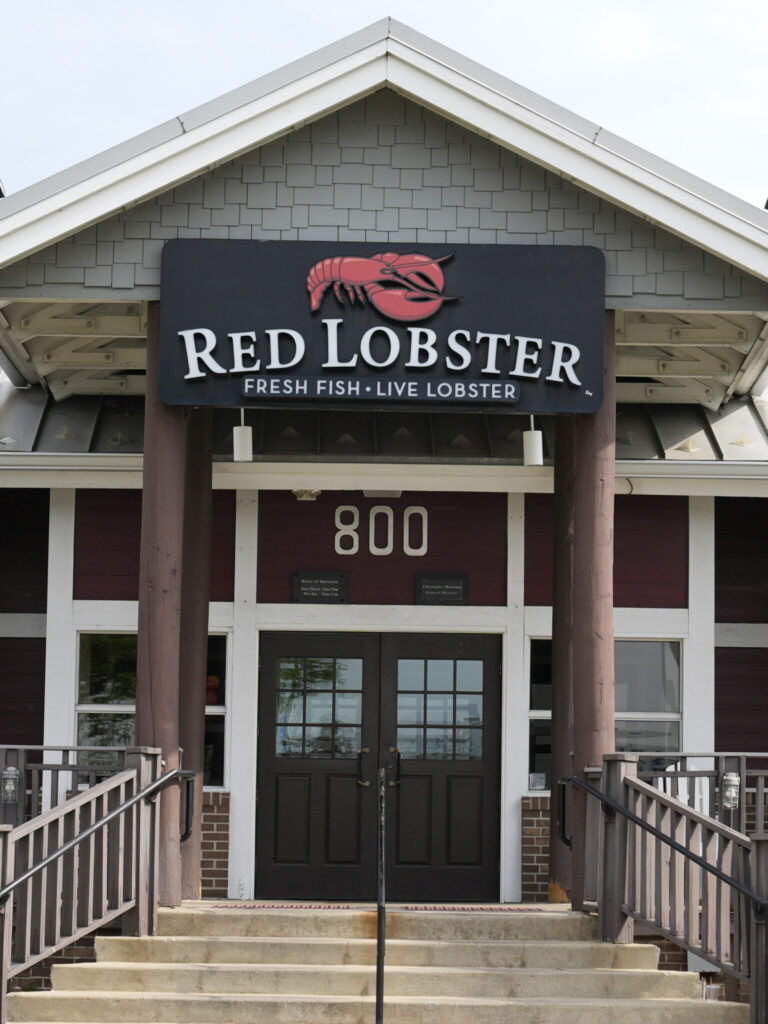
But the restaurant had trouble keeping up with competitors and bringing in younger customers. Darden Restaurants sold Red Lobster to a private equity firm in 2014. Thai Union Group, one of the world’s largest seafood suppliers, first invested in Red Lobster in 2016 and upped its stake in 2020.
Then last fall, Red Lobster lost millions of dollars on its “Ultimate Endless Shrimp” promotion, which charged $20 for all-you-can-eat shrimp deal.
“We knew the price was cheap, but the idea was to bring more traffic in the restaurants,” Ludovic Garnier, the chief financial officer of Thai Union Group, said in an earnings call with investors.
Garnier said the deal did work, and restaurant traffic increased. But more guests opted for the $20 deal than Red Lobster expected, and “we don’t earn a lot of money at $20,” he said. For the first nine months of 2023, Thai Union Group reported a $19 million loss from Red Lobster.
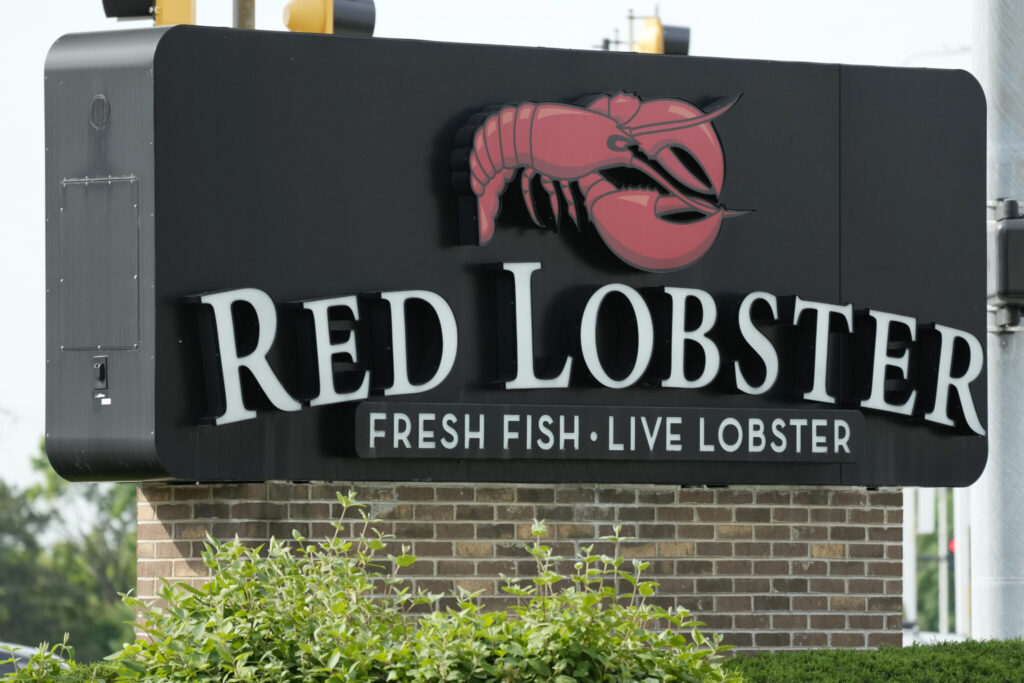
In January, Thai Union Group announced its intention to exit its minority investment in Red Lobster. CEO Thiraphong Chansiri said the COVID-19 pandemic, industry headwinds and rising operating costs had hit the dining chain hard and caused “prolonged negative financial contributions to Thai Union and its shareholders.”
Restaurant liquidator TAGeX Brands announced last week that it would be auctioning off the equipment of over 50 Red Lobster locations that were recently closed. The store closures span across more than 20 states — reducing Red Lobster’s presence in cities like Denver, San Antonio, Indianapolis and Sacramento, California.
Allen expects Red Lobster’s 700-restaurant footprint to shrink by one-third to one-half as part of the bankruptcy process. Many potential buyers just want the chain’s real estate.
“Most likely whoever buys it is not going to want to fix up Red Lobster,” he said.
Red Lobster said in the court filing that it has more than 100,000 creditors and estimated assets between $1 billion and $10 billion. The company’s estimated liabilities are between $1 billion and $10 billion.






